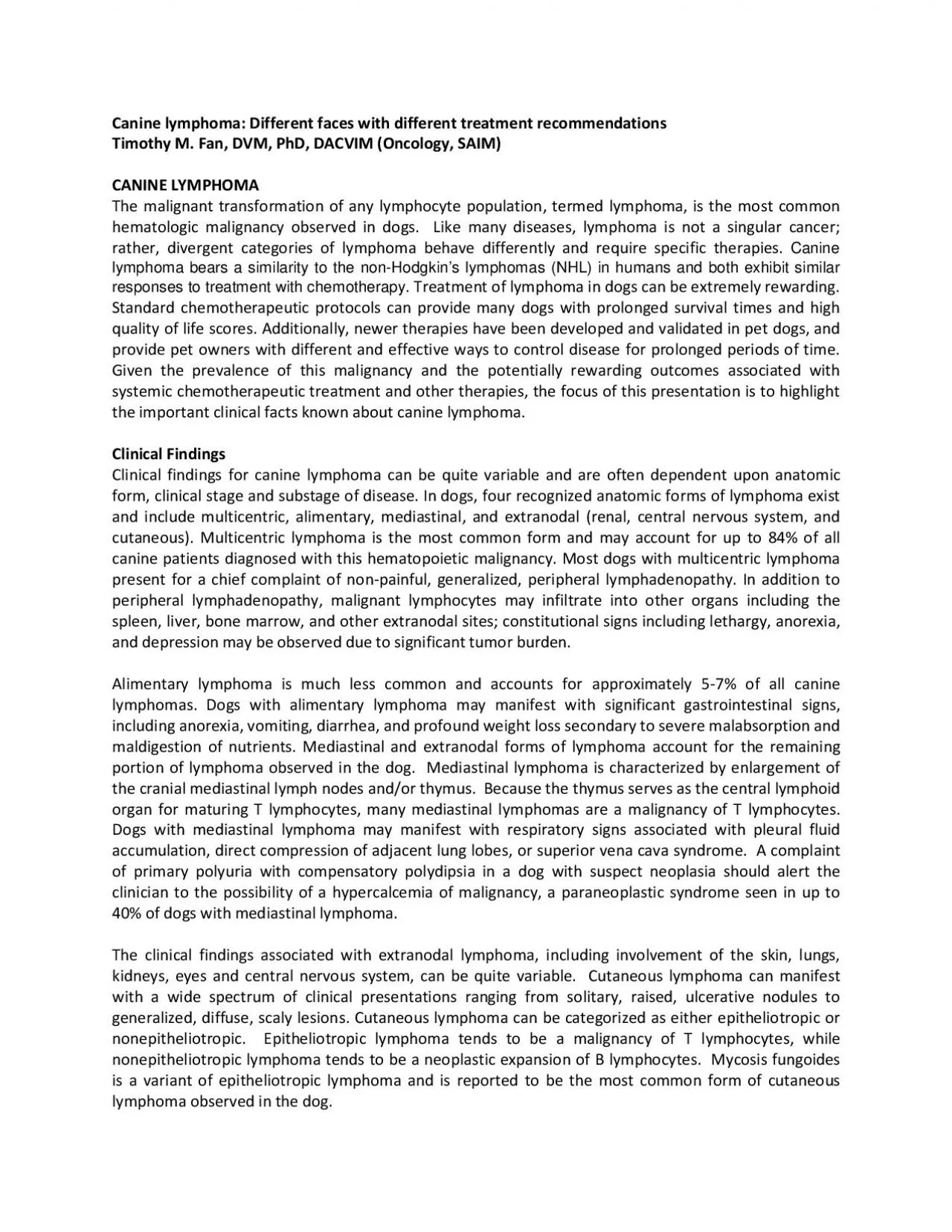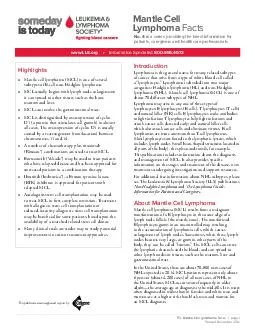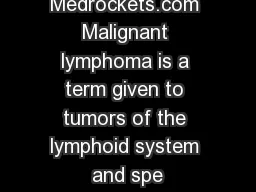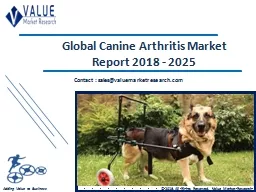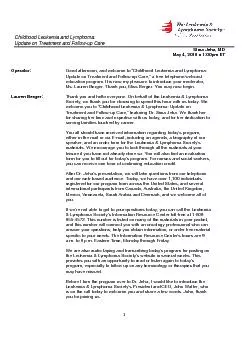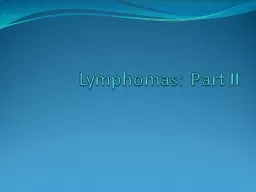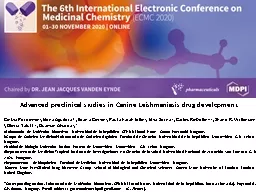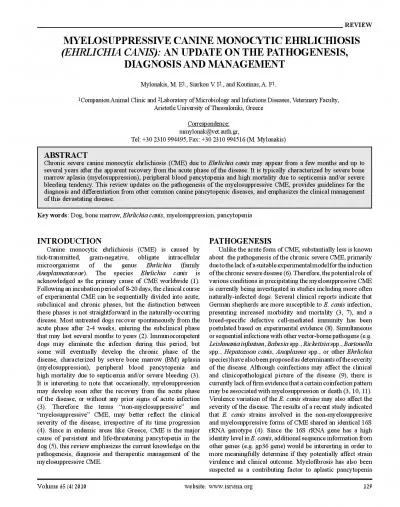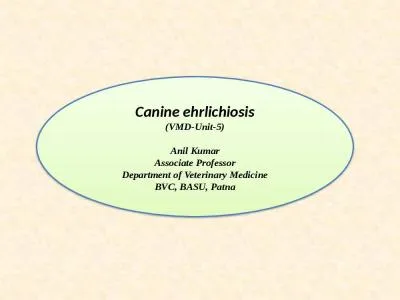PDF-Canine lymphoma Different faces with different treatment recommendati
Author : brown | Published Date : 2022-10-29
DiagnosisThe diagnosis of lymphoma is many times straightforward Definitive diagnosis can be obtained by either cytologic or histopathologic evaluationof the affected
Presentation Embed Code
Download Presentation
Download Presentation The PPT/PDF document "Canine lymphoma Different faces with dif..." is the property of its rightful owner. Permission is granted to download and print the materials on this website for personal, non-commercial use only, and to display it on your personal computer provided you do not modify the materials and that you retain all copyright notices contained in the materials. By downloading content from our website, you accept the terms of this agreement.
Canine lymphoma Different faces with different treatment recommendati: Transcript
Download Rules Of Document
"Canine lymphoma Different faces with different treatment recommendati"The content belongs to its owner. You may download and print it for personal use, without modification, and keep all copyright notices. By downloading, you agree to these terms.
Related Documents

